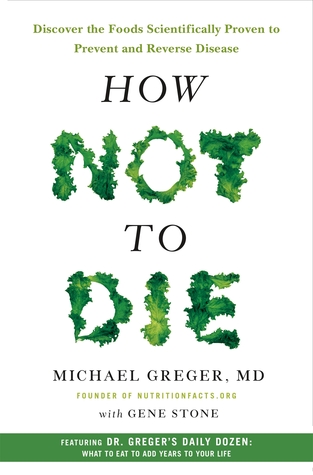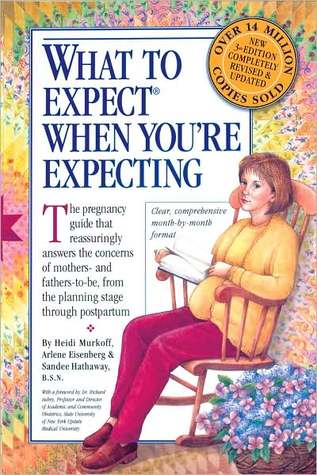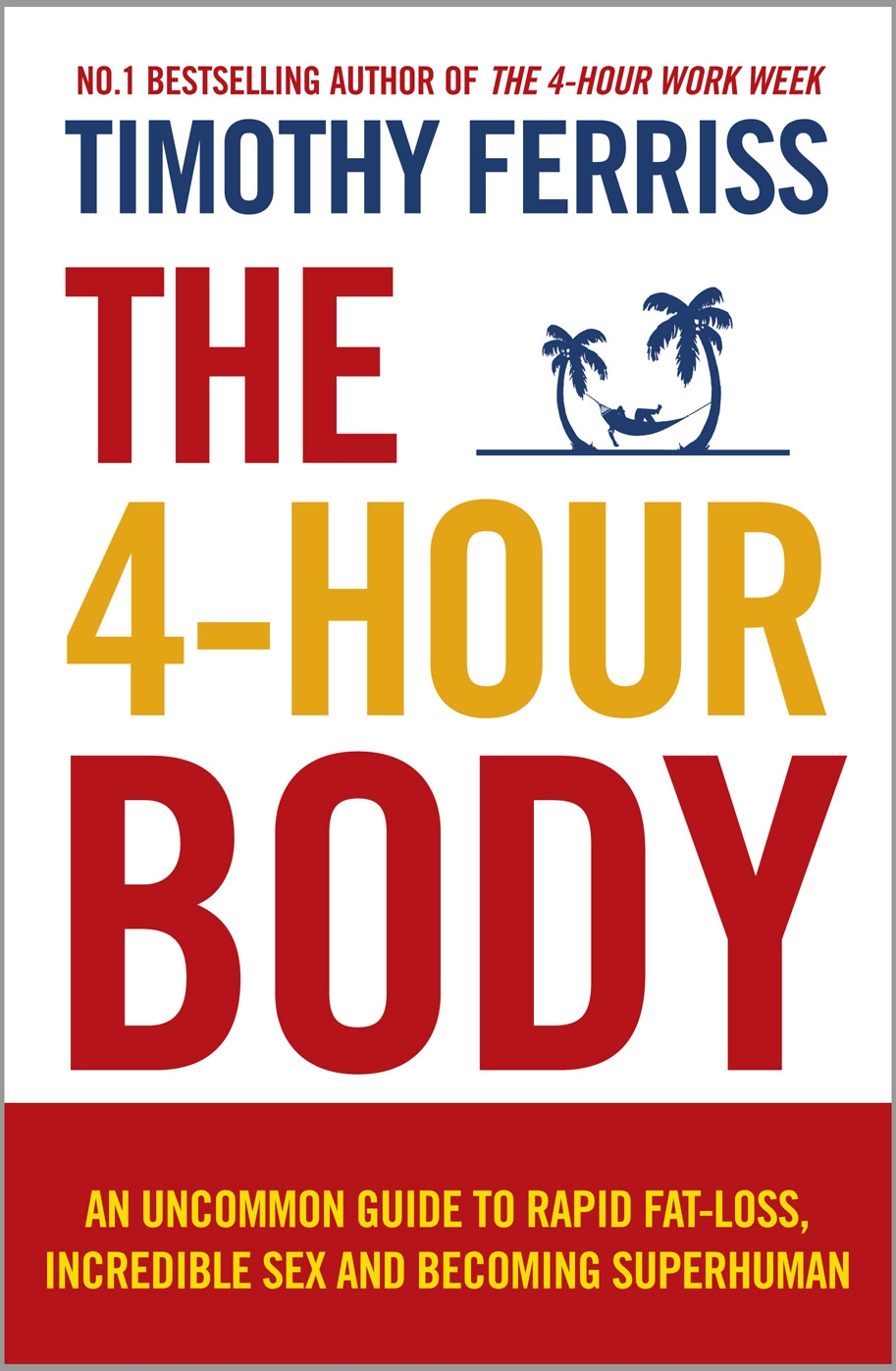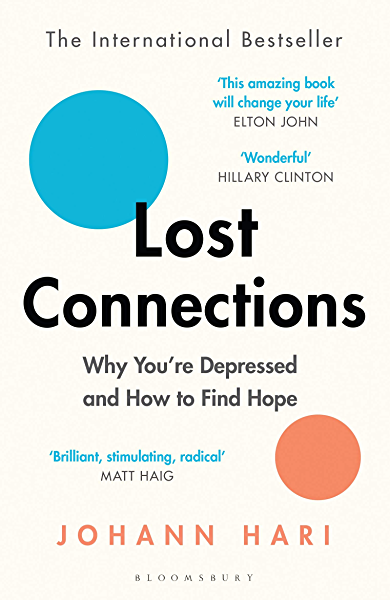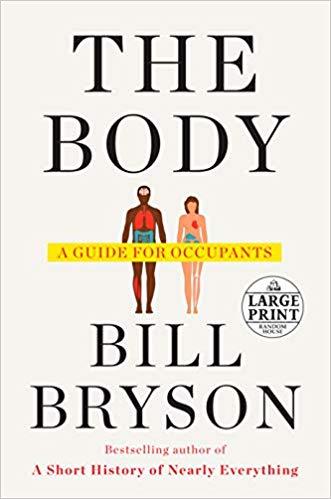Lifespan
by David Sinclair
- Health
- Ashto =
- Jonesy =
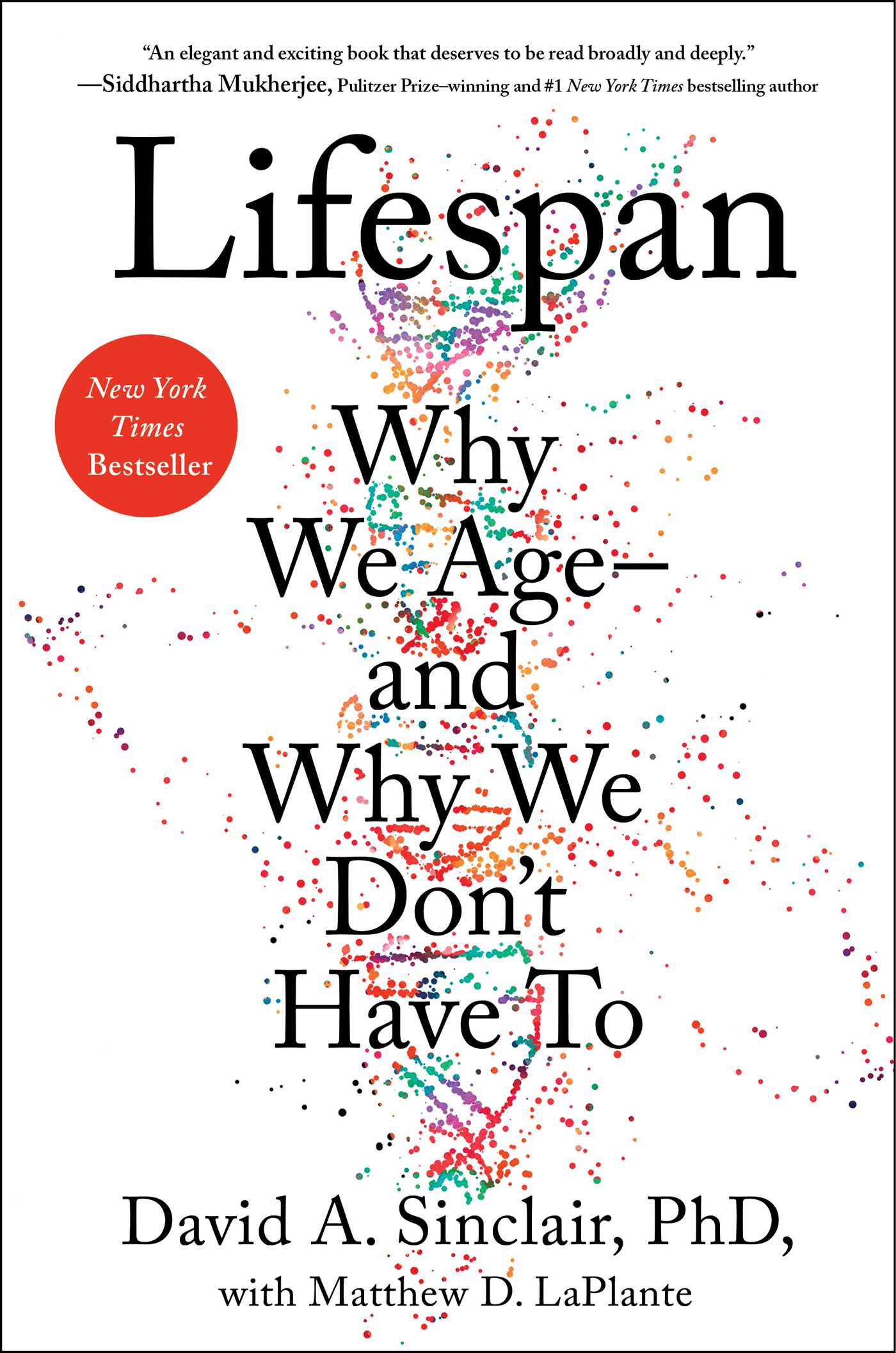
Lifespan: Why We Age—And Why We Don’t Have To
Lifespan introduces the science, technology, and lifestyle that may help us live younger and healthier for longer. In this book, Dr David Sinclair—a leading world authority on genetics and longevity—reveals a bold new theory for why we age.
Millennia by millennia, we’ve been adding years to the average human life. Many years ago, the human lifespan wouldn’t even get up to 40. But then it expanded. Back then, most of us wouldn’t live up to 60. But we pushed beyond that limit too.
However, there’s a big difference between EXTENDING LIFE and PROLONGING VITALITY. The idea of extending life is no virtue. It’s the act of simply keeping people alive even decades after their lives have become defined by pain, disease, frailty, and immobility. We should aim for prolonged vitality instead, which doesn’t focus on just more years of life. Building your vitality helps you lead a more active, healthier, and happier life!
What is Aging?
Aging and the diseases that come with it are the results of genomic instability caused by DNA damage—which takes form as the following:
- Loss of healthy protein maintenance
- Deregulated nutrient-sensing caused by metabolic changes
- Mitochondrial dysfunction
- Accumulation of senescent zombie-like cells that inflame healthy cells
- Exhaustion of stem cells
- Altered intercellular communication and the production of inflammatory molecules
Addressing these hallmarks comprise the beginnings of a rather strong tactical manual for longer and healthier lives. Science is moving faster than ever before. Thanks to the accumulation of many centuries of knowledge, theories on aging are now testable and refutable.
The Law of Human Mortality
Growing old is an inevitable part of life. As soon as a disease appears, attack the disease as if nothing else is present. Beat the disease down, and once you succeed, push the patient out the door until they face the next challenge.
The US spends hundreds of billions fighting cardiovascular disease. But even if we could stop it, we’d only add 1.5 years to the lifespan. The same is true for cancer—we’d only extend 2.1 more years to the lifespan. This is because all other causes of death increase in probability exponentially with age. Aging in its final stages is nothing like a bushwalk.
What we need are medicines that knock down all of the hurdles. David believes aging is a disease and it is treatable.
Things To Do Today
Those battling against the ravages of aging right now must do so in a world in which most doctors have never even thought about why we age. But you can begin engaging your longevity genes right now with the following methods.
Fasting
If there is one surefire advice to offer to stay healthy longer, it is to eat less often. Fasting isn’t malnutrition or starvation. Fasting allows our bodies to exist in a state of want, and it is unquestionably good for our health and longevity.
The first modern scientific explorations on fasting happened after WW1. A study discovered that female rats whose growth was stunted due to lack of food early in their lives lived much longer. Those that were fed 20% indigestible cardboard lived 20% longer lives than the other rats.
In animal studies, the key to engaging the situation program appears to be keeping things on the razor’s edge of calorie restriction. Just make enough food to engage the survival circuit in the body. Alongside lengthening life, fasting may also reduce cardiac disease, diabetes, stroke, and cancer. It’s not just a longevity plan. It’s a vitality plan.
Exercise
There is a reason why exercise has been the go-to prescription for vitality for centuries. It improves blood flow, lung, heart health, and it gives us stronger muscles. When researchers studied the telomeres in the blood cells of thousands of adults with different exercise habits, there was a striking correlation. Those who exercised more had longer telomeres. And those who did the equivalent of jogging at least half an hour five days a week had telomeres that appear to be nearly a decade younger than those with a more sedentary life.
To engage our longevity genes fully, the intensity of your exercise does matter. Your breathing should be deep and hit 70-85% of your maximum heart rate. You should sweat and be unable to say more than a few words without pausing for breath. This is the hypoxic response, and it’s great for inducing just enough stress to activate your body’s defences against aging without doing permanent harm. What we know is exercise turns on the genes to make us young again at the cellular level.
Cold Temperatures
Exposing your body to uncomfortable temperatures activates the longevity genes in your body. A 2006 study found that mice that were genetically engineered with a base temperature a half-degree lower lived 20% longer.
How does it work? Cold temperatures activate the mitochondria in your brown fat. Brown fat is mitochondria-rich fat found in infants that decreases as we age. White fat is normal fat that leads to obesity in large quantities.
If you choose to expose yourself to the cold, moderation will be the key. Similar to fasting, the greatest benefits are likely to come for those who get close to but not beyond the edge. Goosebumps, chattering teeth and shivering arms aren’t dangerous conditions. When we experience these conditions often enough, our longevity genes get the stress they need to order up some additional healthy fat.
Biotracking
Biotracking consists of technologies that monitor your personal biological function (blood sugar levels, heart rate, blood pressure, etc.) and generate essential feedback for modifying diet, exercise, behaviour, and prescribed treatments.
The next-generation therapies that account for personal data and genetics may discover drugs that work for people with specific genetic variations—rather than what works for most people most of the time. It’ll be more efficient because people don’t always respond to drugs in the same ways.




